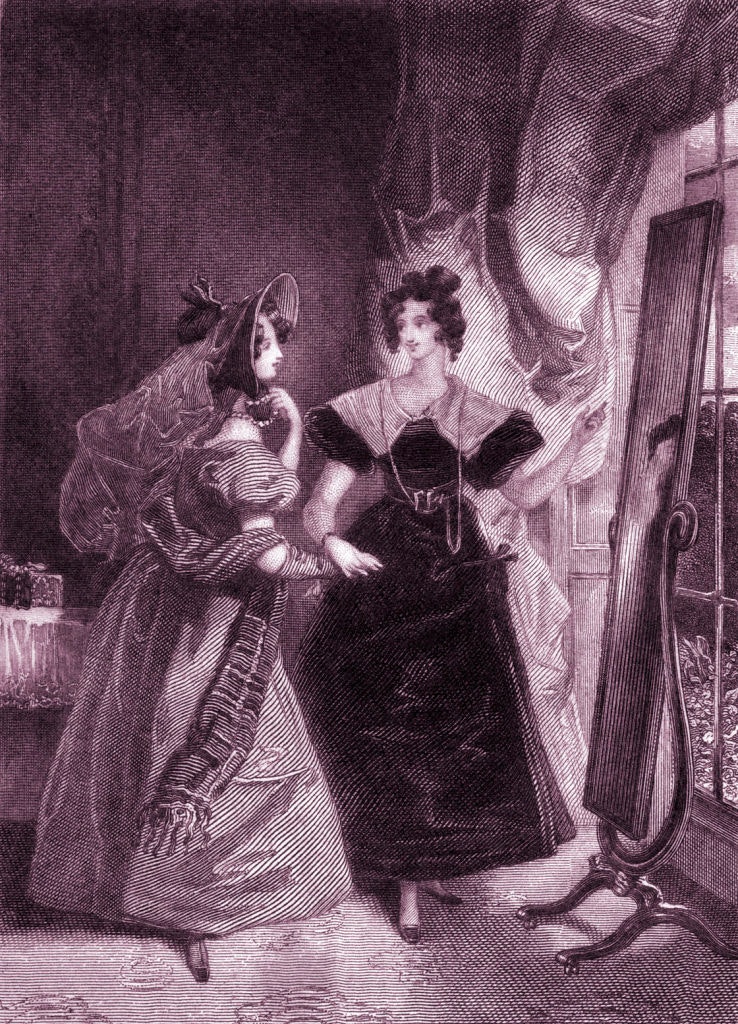Mystery of the tainted cache
The Gurlitt affair looked as if it might be unpicked but it has proved intractable
Some art mysteries seem set to remain forever entangled. The whereabouts of the 13 works stolen from the Isabella Stewart Gardner Museum in Boston in 1990 is a case in point. Rumours have swirled for years about the $600 million haul — which included a blue-riband Vermeer and a Rembrandt — but not a paint-fleck of the pictures has been seen since. The Gurlitt case was another mystery that looked if it might be unpicked but it too has proved intractable.
The affair started in 2010, when a 77-year-old man named Cornelius Gurlitt was searched by customs officers while travelling from Zurich to Munich by train. On him was found €9,000 which he said was the proceeds from a sale of inherited works of art. Although the sum was below the cross-border personal cash limit, German customs suspected him of tax evasion and applied for a warrant to search the Munich apartment belonging to Gurlitt’s sister where he was then living.
What they found there was a cache of 1,406 paintings, many by stellar names — Matisse and Monet, Delacroix and Degas, Courbet and Cézanne. The paintings were worth hundreds of millions of pounds. Later, another 250 paintings were found at Gurlitt’s house in Salzburg.

The paintings were initially confiscated on suspicion of being works looted by the Nazis, even though Gurlitt claimed they had been legally acquired by his father Hildebrand, an art dealer during the 1930s and 1940s.
Over the next couple of years a complicated legal pas de deux took place, including claim, counterclaim and leaks to the press. In 2014 Gurlitt agreed that if any of the paintings could be shown to have been dishonestly acquired he would return them to the original owners’ families (German restitution claims have a 30-year time limit, so he need not have made the offer). He also redrafted his will, leaving all the works to the Museum of Fine Arts in Bern, a snub to the German authorities which, he claimed, had treated him unfairly. In May 2014 Gurlitt died of heart failure without seeing his collection again and his family launched an unsuccessful appeal challenging the will.
In accepting the works, the Bern Museum stated that it would investigate the paintings and return any proved to have been looted. Later, in 2016, the German Lost Art Foundation took over provenance research from a German government taskforce which had attracted criticism for its slowness, poor results and hefty costs — some €1.8 million — drawn on the public purse. At the end of May this year, after four years of digging, the GLAF closed the case on its own investigation.
The foundation examined 1,590 artworks, of which just 14 were unequivocally looted and handed back
The results of all this time, effort and expense were summed up by the foundation’s director Gilbert Lupfer. Almost nothing had been cleared up except the fact that “there is a very large grey area.” For Lupfer, his sleuthing was not paused but had come to a definitive end: “Whatever research was possible, we have exhausted it.” The foundation had examined 1,590 artworks, of which just 14 were unequivocally looted and returned, including a Matisse and a Max Liebermann equestrian painting; some 400 pictures were thought to have been legitimately acquired, which leaves more than 1,100 without a proper provenance — stolen, extorted, bought at below market rates, purchased lawfully. All are possibilities, none can be confirmed. Closure remains elusive.
The taint attaching to the pictures comes from Hildebrand Gurlitt’s morally compromised position during the war. Although he was a quarter Jewish and a champion of modern, “degenerate” art, he was nevertheless part of the Nazi art establishment. He not only bought works from Jews fleeing Germany in the 1930s but was one of the four dealers appointed by the Commission for the Exploitation of Degenerate Art to market confiscated works of art abroad to raise money for Hitler’s regime. Later, with the fall of France, he was appointed by Hermann Goering to acquire French works for the proposed Führer museum to be built in Linz, and for the Reichsmarschall himself. It seems that during his official business he continued to deal for himself as well.
In 1945 Hildebrand Gurlitt was detained by the American army while carrying 20 boxes of art. The works were confiscated but then returned to him: he couldn’t prove their provenance, he said, because the paperwork had been destroyed in the firestorms that followed the bombing of Dresden earlier that year. By 1947 he was dealing in paintings again and shortly afterwards was appointed Director of the Art Association for the Rhineland and Westphalia. He died in 1956, and a street in Düsseldorf was named after him.
Over the decades Hildebrand’s widow, son and daughter drip-fed some of the collection on to the open market. They lived modestly and the sales were for living expenses rather than luxury items, hence the €9,000 found on Cornelius on the train, a sum he withdrew every six weeks from his Swiss bank. The paintings may not be of the highest quality but, if purloined, they would have had inestimable value to their original owners. But unless some deus ex machina intervention occurs their origins will remain unknown. So there the story rests.
Enjoying The Critic online? It's even better in print
Try five issues of Britain’s newest magazine for £10
Subscribe














